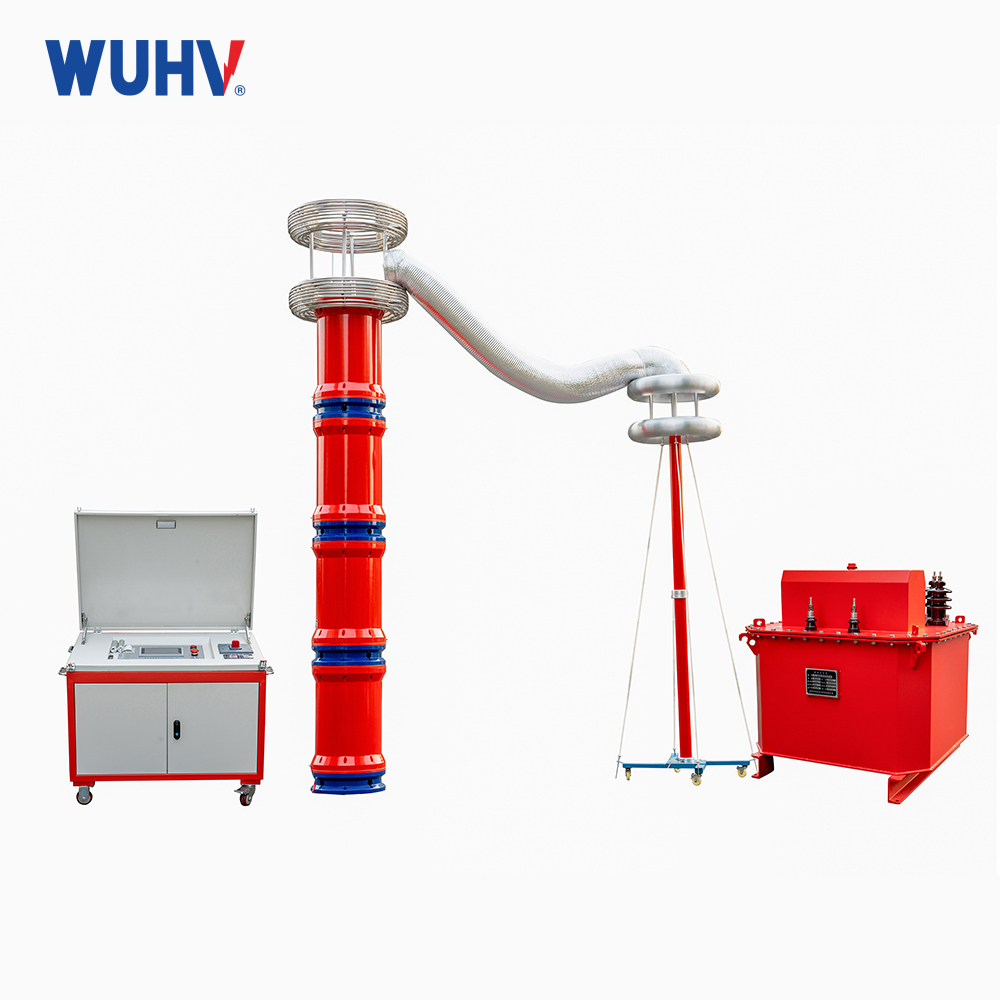The cable fault tester under Wuhan UHV can help many power workers conduct various power tests more conveniently.

There are many common causes of cable failures, and the following are some of the main reasons:
Cable aging: During long-term use, the insulation material of cables will be affected by various factors such as heat, electricity, machinery, and chemistry, leading to a gradual decline in insulation performance and ultimately causing faults. This aging may manifest as phenomena such as insulation layer becoming brittle, cracking, and peeling off.
External force damage: During the laying, installation, and use of cables, they may be subjected to mechanical external forces (such as compression, impact, tension, etc.), resulting in damage to the cable insulation layer, exposed conductors, or breakage. In addition, improper operations during the construction process, such as excessive bending, sharp object scratches, etc., may also cause cable damage.
Overvoltage or overcurrent: When the voltage or current that the cable is subjected to exceeds its design value, it can cause the insulation layer of the cable to be broken down, resulting in arc discharge or short circuit phenomenon. This may be caused by faults in the power system, such as lightning overvoltage, equipment failure, etc.
Environmental factors: The environmental conditions in which the cable is located, such as temperature, humidity, chemical corrosion, etc., can also affect the performance of the cable. For example, high temperatures can accelerate the aging of cable insulation materials, while chemical corrosion can damage the insulation layer of cables.
Design or manufacturing defects: Cables may have defects during the design or manufacturing process, such as insufficient conductor cross-sectional area, improper selection of insulation materials, and unreasonable cable structure design. These defects may cause performance degradation or malfunction of the cable during use.
Joint failure: Cable joints are weak links in cable circuits. Improper handling or poor quality of joints may lead to poor contact, looseness, heating, and other phenomena, thereby causing cable failures.
Cable laying issues: The laying method, bending radius, and fixing method of cables can also affect their performance. If not laid properly, it may cause unnecessary stress or damage to the cable, leading to malfunctions.
In summary, common causes of cable failures include cable aging, external damage, overvoltage or overcurrent, environmental factors, design or manufacturing defects, joint failures, and cable laying issues. In order to avoid cable failures, corresponding measures need to be taken in the design, manufacturing, installation, use, and maintenance of cables to ensure their performance and reliability.



















